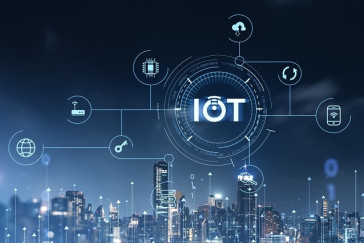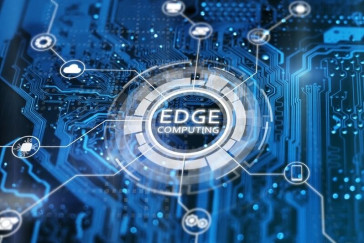Improving the quality of learning through tablets

High quality education is a much coveted and sought after commodity that has led students to migrate across the world in the search of greater access. But while the value we place on education is shared across societies, cultures and economies, are our schools and colleges struggling to keep up?
In the past year the suggestion would be yes, with test scores seeing a variable decline, teaching staff under increasing pressure to deliver on results, and the quality of education provision varying from school to school.
So what can school leaders and teaching professionals do to stem the declining nature of our education and skills provision?
Today we are all becoming more aware and appreciative of the accessibility and opportunities that digital technologies offer, which is why key thought leaders and educationalists are pointing to the significant role it can play in enhancing teaching and learning.
Personalised learning
Within any classroom, regardless of Ofsted grade or performance level, the universal challenge for a teacher is to ensure that learners of differing abilities get the provision that's right for them. While some schools have taken an ability-stream approach, separating learners according to grades and performance, this has had varying degrees of success. For a teacher, the importance of getting higher ability learners the top grades is no less or more important than supporting struggling learners to progress and develop to higher grade boundaries. A teacher's role is therefore much more than just as a medium that delivers the curriculum syllabus. The teacher must build a complete understanding of each individual; their abilities academically, their behaviour, level of communication, motivations, etc.
Recent studies have assessed the impact of technology rich classrooms on offering both students and teachers a way of enabling a more specialised approach to learning.

E-Learning has been a term flaunted by education technology developers for years but teaching professionals have remained sceptical. For good reason? to some degree yes. Up until recently digital learning for most schools was confined to dedicated ICT lessons or assigned lesson days in which a class would have scheduled access to computer labs. However since the rise in alternative, lower-cost mobile devices; technology in the classroom has become more widely accessible. Couple this with the availability of more effective e-learning resources, teachers now have the means to offer curriculum-specific content that can be consumed at the learners own pace and convenience.
The first step for educationalists in the development of higher quality education provision is to appreciate that in today's society students will not engage with a one size fits all model of teaching and learning. Take GCSE or SATs/ACTs in the US as an example. This is a significant key stage in the academic development of a learner.
What if a teacher could access a digital resource that enabled students to watch full lesson tutorials on their mobile device?
What if the teacher could assign lesson preparation tasks whereby the student learns material at their own pace; watching, replaying and testing themselves prior to the lesson?
What if the teacher could track each student's performance and progression before entering the class?
The flipped classroom model briefly described above, is just one example of the teaching approaches that combines the use of digital resources with that of good teaching, to accelerate students level of learning prior to the lesson delivery.
Education technologies are paving the way in the personalised learning agenda, offering a vast array of benefits and opportunities to improve our current approaches to teaching and learning.
The point of this article is in no way to undermine or criticise the undervalued contribution of teaching professionals but rather to encourage senior management teams to question their school's current provision and to assess the areas that can be improved upon.
Within traditional approaches to teaching (lectures, working from textbooks, note taking, etc), while they are still relevant, even students who excel academically have been found to lose concentration and become passive and disengaged at times. Technology however has been found to excite learners, it demands them to interact with resources, enhancing their levels of concentration and improving their ability to understand and retain information.
If we don't integrate technology now, then when?
While teaching professionals have begun to adapt to the changing needs of learners, more still needs to be done. For many school leaders, integrating classroom technologies can be a daunting prospect given the investment implications and the whole-school impact that it will have. Yet, while opponents remain idle, innovating schools and colleges are recording significant benefits and opportunities, which is further adding to the provision gaps between schools.
The key for schools struggling to keep is not so much about getting it right first time as with any new teaching initiative there is an element of trial and error. The key is enhancement and progression, technology will advance but once a school has taken the step and challenged the initial resistance it can then evolve its provision over time and in line with the changing opportunities.
Author bio
LearnersCloud is an easy-to-integrate e-learning system that helps GCSE students get to grips with all of the key topics and concepts, at their own pace.
Covering GCSE Maths, English, Chemistry, Physics and Biology, students can learn, revise and test themselves on their PC, tablet and smart phone device anywhere and at any time.
Our GCSE tutorials are quality assured and proven to accelerate learning for students of all abilities.
This content was created by AI





